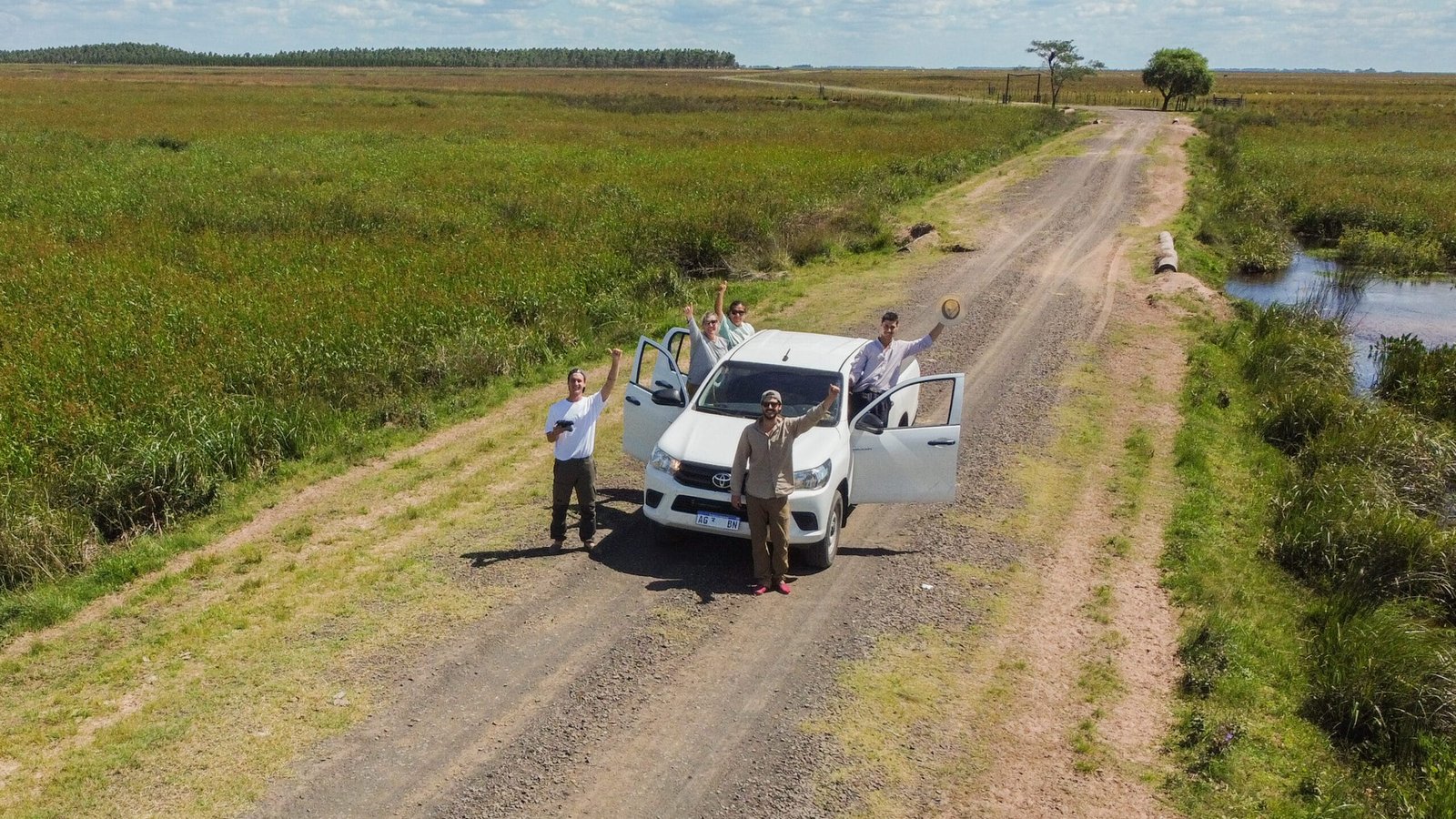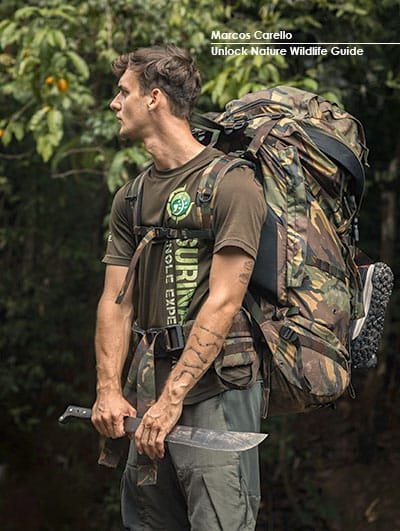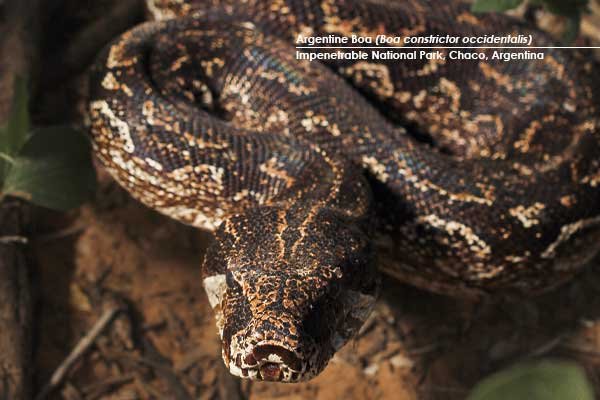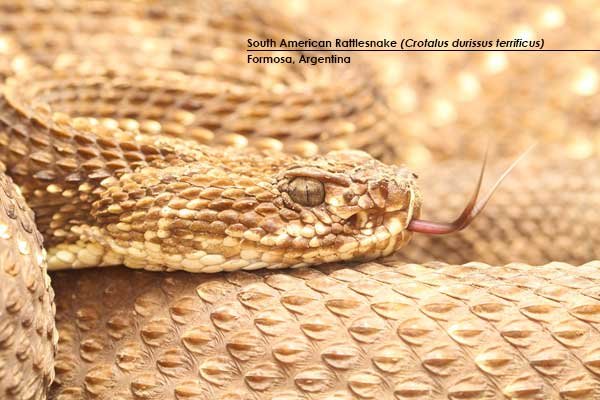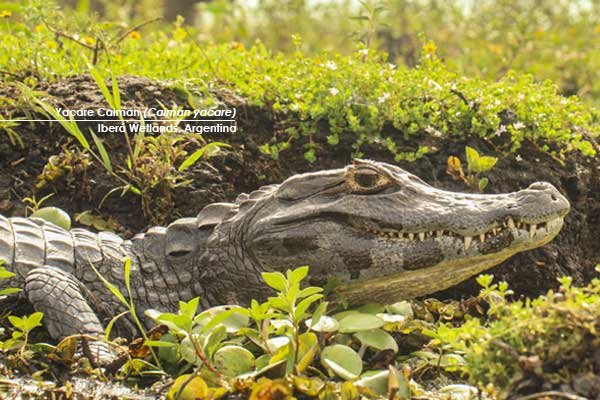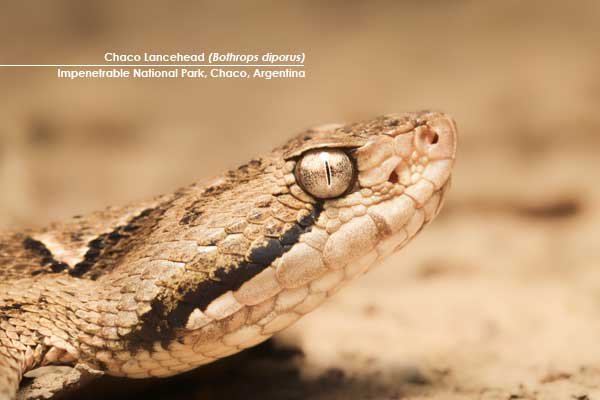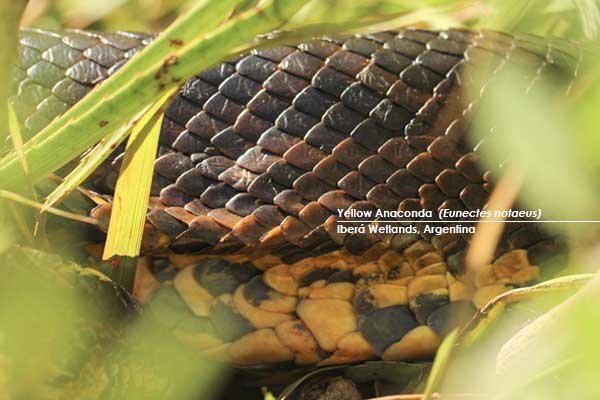Argentina DISCOVER ARGENTINA’S UNTAMED HERPETOFAUNA
Next TOUR
December 10th – 20th, 2025
YOUR GUIDE
Marcos, originally from Argentina, left his home country to explore the Amazon Rainforest, working in Peru and Suriname. Over the years, he has gained extensive experience in ecotourism and developed a deep knowledge of reptiles and amphibians. Now, he’s eager to rediscover his own country and show you all the wildlife that Argentina has to offer.
WILDLIFE YOU CAN ENCOUNTER IN ARGENTINA
We’ll search for some of Argentina’s most iconic reptile species, including Argentine Boa (Boa constrictor occidentalis), South American rattlesnake (Crotalus durissus terrificus), Chaco Lancehead (Bothrops diporus), Chaco Coral Snake (Micrurus pyrrhocryptus), and Tricolor Hognose Snake (Xenodon pulcher), among others. Our journey will take us through areas representative of the Dry Forest, where we’ll look for species like rattlesnakes, while also exploring nearby aquatic environments in search of herpetological highlights such as the Yellow Anaconda (Eunectes notaeus), Broad-snouted and Yacare Caimans (Caiman latirostris and Caiman yacare), and other remarkable amphibians and reptiles.
Argentine Boa
(Boa constrictor occidentalis)
This is one of the largest boas in South America, known for its strong body and calm behaviour. It has a striking grey or tan colouring with dark markings, which helps it stay hidden in dry forests and rocky areas. During herping trips, spotting this boa is always exciting. It’s usually active in the evening or at night and can sometimes be found resting in shaded spots during the day. While not aggressive, it’s best to observe from a respectful distance to avoid stress.
South American Rattlesnake
(Crotalus durissus terrificus)
This is one of the few rattlesnake species found in South America. It’s easy to recognise by the rattle at the end of its tail, which it uses as a warning when it feels threatened. The body is usually brown or grey with darker diamond-shaped patterns along its back.
Although venomous, this snake avoids contact and will only strike if it feels cornered. During herping trips, it’s important to stay alert and give it space if encountered. It prefers dry, open areas and is mostly active in the evening or early morning.
Yacare Caiman
(Caiman yacare)
This caiman is a familiar sight in South America’s wetlands and slow rivers. It’s a bit darker than the more common Spectacled Caiman, and its teeth often stick out even when its mouth is closed, giving it a pretty fierce look. You’ll usually spot one floating quietly with just its eyes and snout above water, or resting along muddy banks. They’re mostly active at night, so keep an eye out for that telltale eye-shine from your torch. Calm but curious, they’re great to observe, just give them their space.
Tricolor hognose snake
(Xenodon pulcher)
This small, beautifully marked snake is a favourite among herping enthusiasts thanks to its bright red, black, and cream-coloured bands and upturned snout. It’s non-venomous, but mimics more dangerous snakes as a form of defence, flattening its body and hissing when threatened.
You’ll typically find it during the day, often crossing forest trails or near damp, open areas. Despite its dramatic look, it’s usually calm and slow-moving, making it an exciting and photogenic find during any herping trip.
Chaco Lancehead
(Bothrops diporus)
This venomous pit viper is found in the Gran Chaco region and surrounding lowland forests. It has a broad, triangular head and a well-camouflaged, earthy-toned body with bold patterns, perfect for blending into leaf litter and undergrowth. The Chaco Lancehead is mostly active at night but can also be encountered during the day, especially after rain. Though potentially dangerous, it tends to stay still and rely on its camouflage when approached. A fascinating and impressive species to encounter, just be sure to admire it with care and respect.
Yellow Anaconda
(Eunectes notaeus)
It’s not as massive as the green one, but it still makes an impression with its bold black markings on a golden body. It’s a strong, shy snake, not venomous but definitely not one you want to mess with. Keep an eye on the water’s edge, this is where the Yellow Anaconda likes to hide. Spotting one in the wild is always a thrill, and something you won’t forget any time soon.
ARGENTINA DECEMBER 10TH - 20TH, 2025

Lodging
Bungalow/glamping

Duration
11 days

Group size
Minimum 6

Price per person
(11 days)
€3495
Included in the price
- Initial interview to make sure we are a good fit for you
- Airport Pick up and drop of (International airport Corrientes – Hotel)
- Accommodation (during the tour and the first and last night of tour)
- Transportation during the tour
- 2 Professional Herping guides
- Breakfast during the tour
- Lunch and diner during the tour (except during our stay in Corrientes)
- Snacks and drinks (basic and non-alcoholic)
Not included in the price
- International airline ticket to and from Argentina
- Lunch and dinner in Corrientes (day of arrival and day of departure)
- Meals and drinks other than those offered
- Personal travel materials
- Medical insurance, travel insurance, and cancellation insurance
- Vaccinations and medical expenses
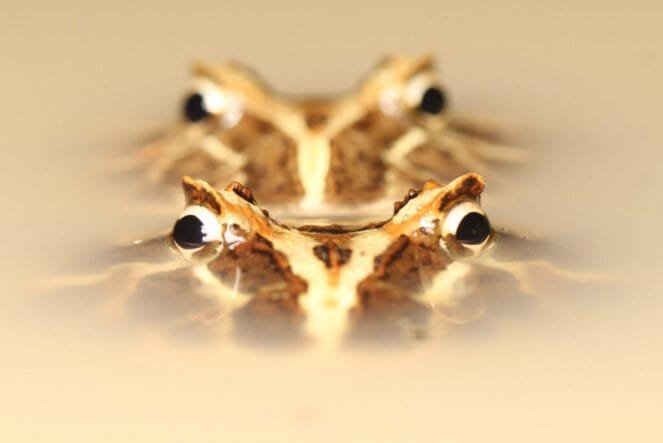
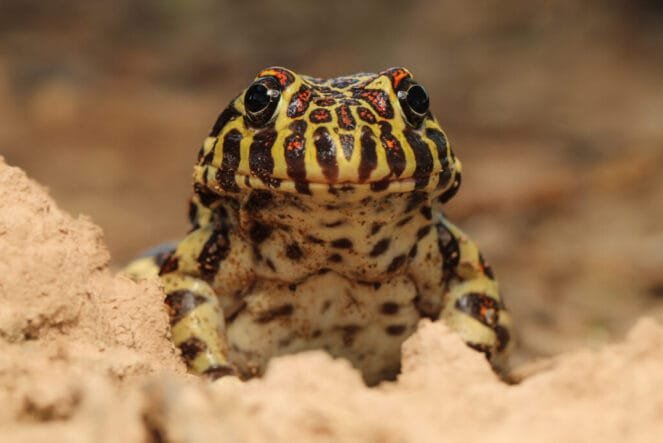
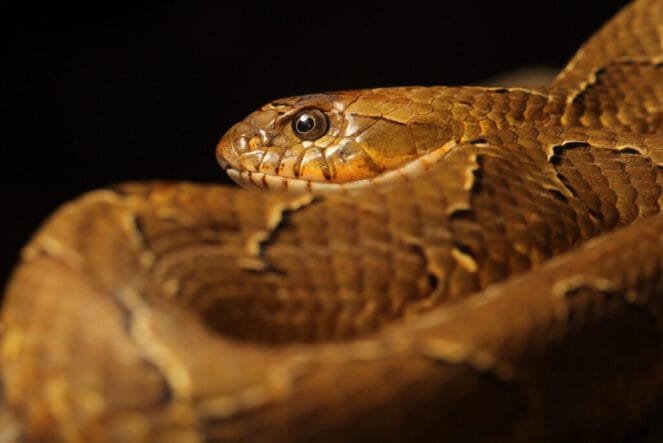
READY FOR YOUR NEXT ADVENTURE? EXPLORE THE BEST OF NATURE
Explore some of the world’s most unspoiled wilderness.
Discover breathtaking landscapes, unique wildlife, and unforgettable moments.
Book your tour or expedition today and start your adventure!

Copyright © Unlock Nature 2025. All rights reserved.

